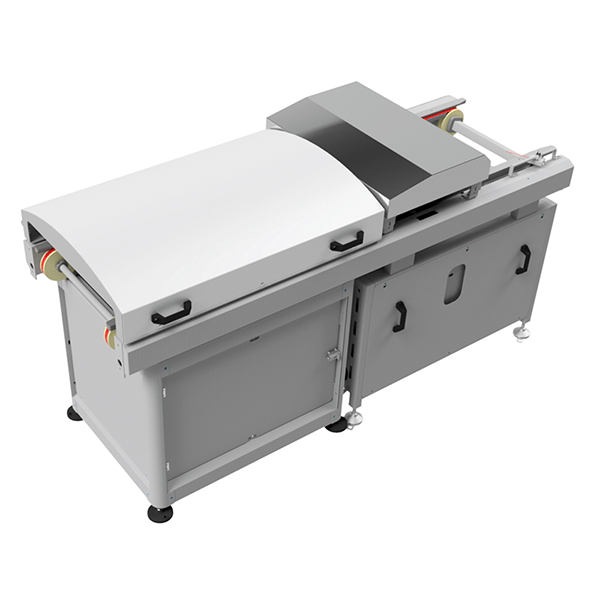
Egg Transfer
What it is
- With the high volume of eggs that need to be transferred in a modern hatchery, it is essential that this action is done with the utmost care, to ensure both a quick and gentle transition from setter tray to hatcher basket.
- At Ecat-iD we have developed our suction cup transfer unit capable of handling 90,000 eggs per hour. With this high capacity rate combined with the easy to clean suction cups, not only does this system provides the solution to the high capacity needs of a modern hatchery, but also meets the highest biosecurity requirements. We can offer a large range of solutions including robotic, selective or classical machines. Options are available with an automatic cleaning system.
Ceva Ecat-iD egg transfer system is engineered to meet the demands of modern hatcheries, which demand efficient handling of large volumes of eggs. The suction cup transfer unit offers a gentle transition from setter tray to hatcher basket without stressing out eggs during transfer, thus minimizing potential damage during transport.
Suction cups designed for easy cleaning meet the highest biosecurity standards, making it essential in a hatchery environment where contamination and disease spread risks are constant concerns. An automated cleaning system ensures that each suction cup is cleaned thoroughly and efficiently, decreasing cross-contamination risks as well as disease spread potentials.
The egg transfer system is capable of handling up to 90,000 eggs per hour, offering an efficient solution for modern hatcheries with high volume needs. This high capacity reduces time and labor-intensive egg transfer tasks, freeing hatcheries to focus their resources on other areas of their operation.
Ceva Ecat-iD provides a range of solutions, such as robotic, selective and classical machines. This allows hatcheries to pick the system that best meets their individual needs and requirements. Automatic cleaning systems make it simpler for hatcheries to meet biosecurity standards while reducing disease spread risk and protecting their birds' health and safety.







